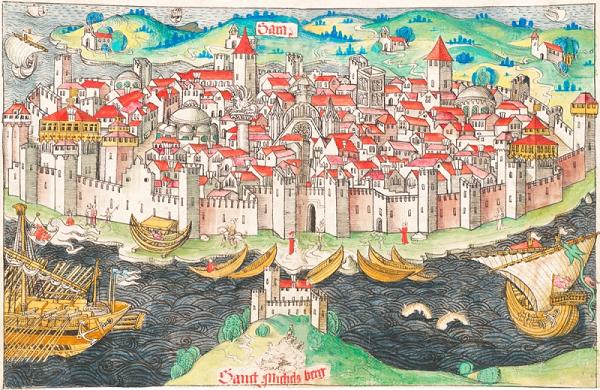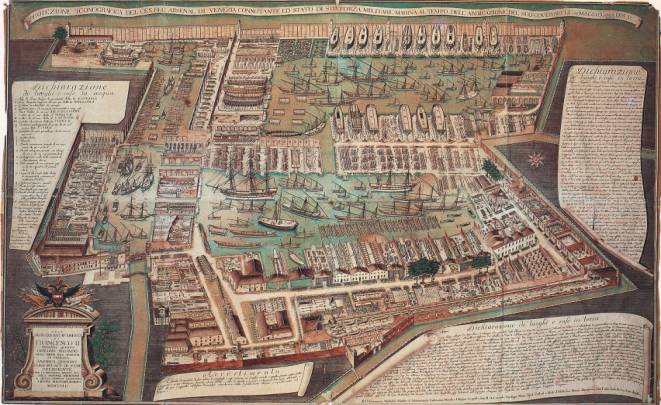"Dalmatia Ascendant" - a Zaratin timeline
_________________________________________________________________________

The great city of Zara.
__________________________________________________________________________________
Greetings,_________________________________________________________________________

The great city of Zara.
__________________________________________________________________________________
This is a reboot of my first (and, at time of writing, only) timeline. It focuses on the obscure city-state of Zara (modern Zadar, Croatia) which existed during the power struggles between Hungary and Venice in the late 12th-early 13th century. The point of divergence occurs at the beginning of OTL's infamous Fourth Crusade, in the course of which Zara (and, of course, Constantinople) fell to invading enemies. The invasion effectively ended the potential for Zara to operate as a distinct power, and the city was ultimately absorbed into the Republic of Venice.
IOTL the Pope refused to condone the attack on fellow Christians, threatening excommunication to any who participated. However, this information was suppressed by Boniface of Montferrat and Enrico Dandolo, thus persuading the Crusaders to take part.
ITTL, Simon de Montfort (a Crusader leader who refused to involve himself with the attack on Zara) hears about this before the expedition departs Venice for Zara, subsequently revealing the truth to the Army and causing the Crusade itself to collapse. This is the point of divergence.
The timeline was originally inspired by the following two threads:
- https://www.alternatehistory.com/forum/threads/ahc-dalmatia-wank.407369/
- https://www.alternatehistory.com/fo...a-with-their-rival-maritime-republics.407038/
As mentioned in this TL's previous incarnation, because this is my first timeline constructive criticism and advice would be gratefully received.
First version of the timeline here (possible spoiler alert).
I had to drop the previous TL because A Levels (the highest compulsory qualifications in the British education system, for those who don't know) and other aspects of real life intruded. But now I have finished, I have a long summer ahead of me, and I intend to do a History degree anyway (so this counts as preparation, right?
There were also a few aspects I was unhappy with - some updates were too short, others were light on detail. I also wanted to improve the overall aesthetic and implement the index system, for ease of navigation. Some plot points also needed changing - for example, I now consider the Fall of Venice depicted in the original to have been an over-optimistic view of what the Dalmatians could achieve, even with Genoese and Pisan aid. Any constructive input on the realism of this TL as we move forward would be appreciated.
I have a few updates backed up for emergencies, and intend to have one out every few days. I'm also going to experiment with other formats (e.g. letters), so let me know what you think of that once we get there.
I would also like to pay tribute to the unsung hero of the first incarnation, @MakiRoc, who greatly assisted me with knowledge of Dalmatian names and the histories of certain key individuals; as well as @Damian0358, the most consistently interested reader of the previous incarnation.
As promised, I hereby mention as many of the readers of the TL who posted more than once as I could find, on the off-chance that some will wish to read the new version:
- @MakiRoc
- @RogueTraderEnthusiast
- @corourke
- @Achaemenid Rome
- @General Ripper
- @Yanez de Gomera
- @Damian0358
- @Vasilas
- @The Professor
- @Vuru
- @Halagaz
- @Alienspacebats
- @victor vazquez
Happy reading!
- Iluvatar
Last edited:




